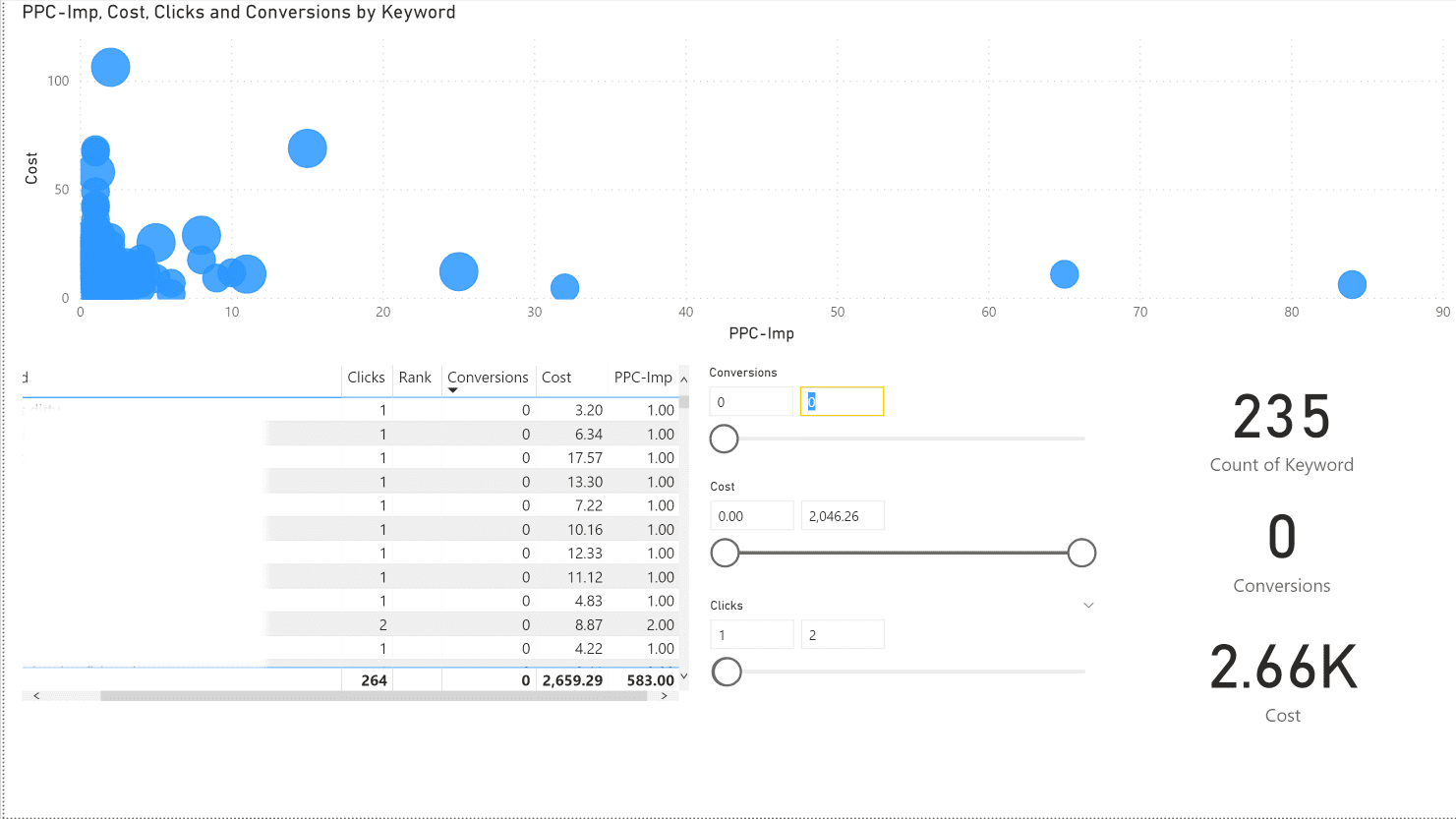
How Does the Google Ads Update Affect Your Digital Marketing Strategy?
How Does the Google Ads Update Affect Your Digital Marketing Strategy?

Written By
In early September, Google surprised the industry by making a major announcement to Google Ads. Google will no longer display the full list of search queries that triggered an ad to appear in any given campaign. The change, effective immediately, will make a significant difference in the level of insight you can derive from the search patterns of your audience. This will undoubtedly make an impact in digital business and marketing strategies not only Google Ads, but also SEO, content, and insights into your audience. To help walk you through how this will affect your Google Ads strategy, we’ve pulled together some insights and suggestions for mitigating the issue.
What exactly is changing?
Until now, Google account managers have been able to view the Search Terms Report in their Google Ads console to see what queries were used to trigger a campaign’s ads. This meant we could actually see what people typed into Google to trigger an ad to appear. Not only did this allow us to uncover new and relevant keywords to target, it also made it easy to negate search queries that were spending money but not generating results.
For example, let’s say you are running a campaign with a goal to sell computer monitors. When someone searches the terms “computer monitor,” you want your ad to appear. But when someone searches “monitor computers,” you don’t want your precious ad dollars spent on the similar, yet highly irrelevant term.
That’s where the Search Terms Report has helped by blocking the term “monitor computers” from triggering ads. This most recent update will reduce the number of terms Google provides in the report by 28%.
How will this impact you and your business?
The easiest way to identify wasted spend is to review search terms that generate one to two clicks. It’s not uncommon to find single search terms that cost $3, $5, $10 or more per a single click (think of your daily budget and how much that irrelevant click will eat up). In the past, Google would show us 98.7% of all search term data so we could easily identify terms to negate. With this new implementation, that number goes down to 72%.
Chances are you don’t have a full-time person or marketing department managing your Google Ads, and your budget is minimal. That means your wasted spend is probably much higher than the generally accepted rate of 5-20%. When onboarding new &Marketing clients, we’ve found that the percent of wasted spend for less ad-savvy (or overwhelmed) account managers is typically much higher, with an average in the 35-40% range. Given the fact that daily budgets for our clients are minimal, these irrelevant terms eat into their budget, preventing them from showing up consistently for terms that actually drive conversions and attract ideal customers.
Because of this, you’ll lose visibility into more than a quarter of your spend, not knowing whether or not those clicks were for terms that are valuable to your business. Additionally, this will affect your SEO strategy. These search terms can help you better understand customer intent to help you identify content opportunities and determine what keywords to target when writing blog posts or improving website copy.
What can you do?
The good news? This change is NOT historical, so you can go back to previous months to get a better understanding of your wasted spend. If you need some help with this, check out our PPC inefficiencies calculator—if you upload your search terms, we’ll even do a quick audit for you. To date we’ve saved our clients over $15K in Paid Search spend that has been reallocated to higher converting terms.
You should also continue to be vigilant in monitoring your Google Ads account. Don’t give Google money that doesn’t help you (they have enough). Take a look at the search terms that are driving unwanted clicks (even if they are only showing 72% of them) at least weekly, and negate them as quickly as possible.
Also, consider testing Smart Bidding Strategies. Google is trying to push people to Smart Campaigns and automated bidding. It may be wise to consider a small test to determine the results for yourself.
Last but definitely not least, continue to follow our blog, as we’ll be monitoring this change to provide key updates.
Want to get ahead of the curve and see how much wasted spend you have? Check our PPC Inefficiency Calculator.
About &Marketing
&Marketing provides the robust outsourced marketing department growing companies need without the high overhead costs of big agencies or full-time employees. Our variable model empowers businesses to reach their growth goals through access to the guidance and expertise of senior level strategists and a flexible execution team.



Recent Comments